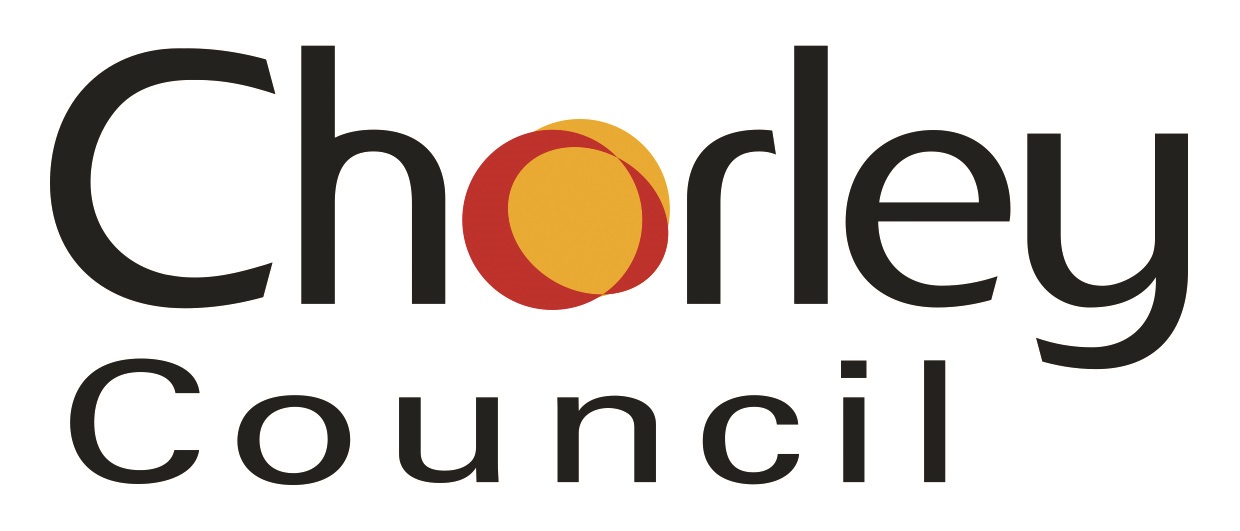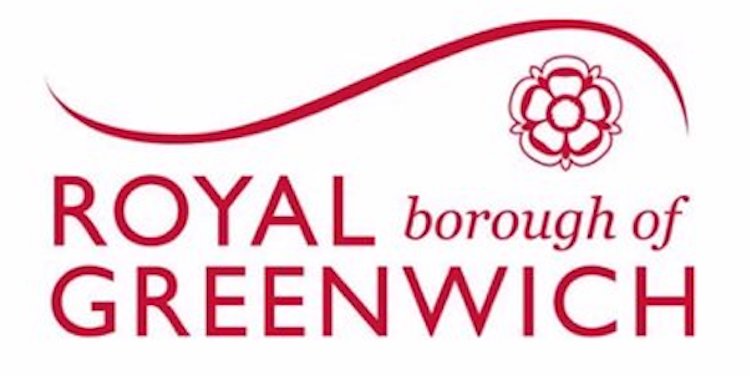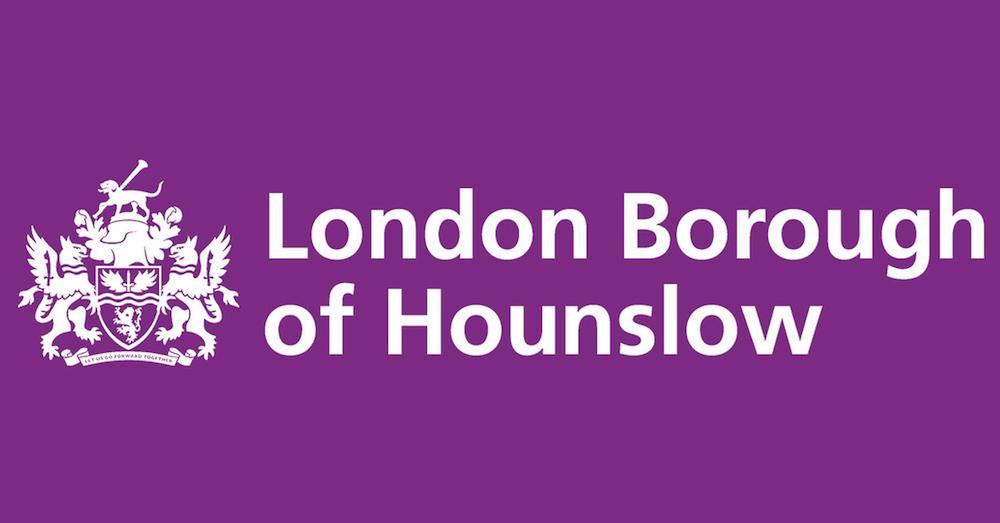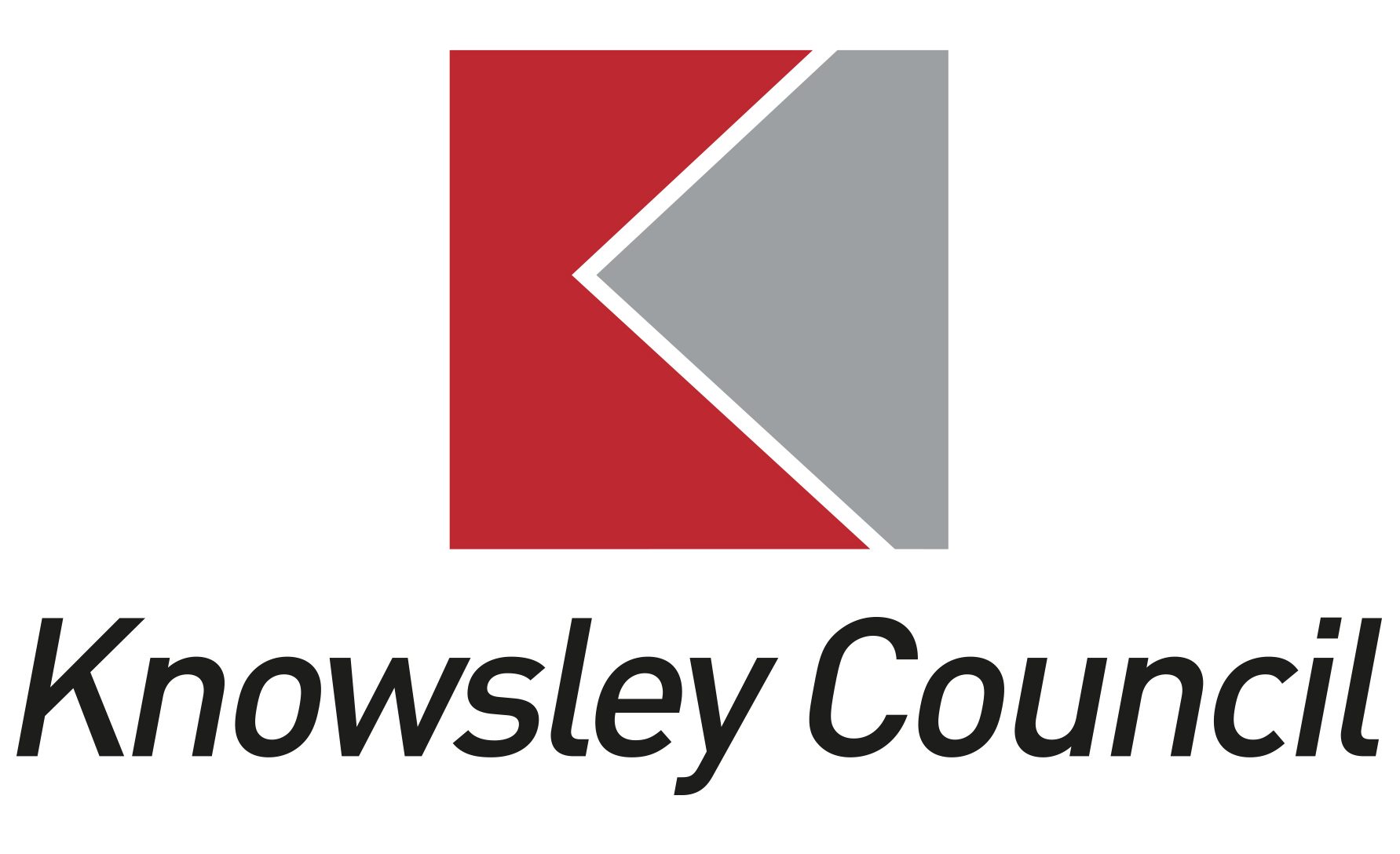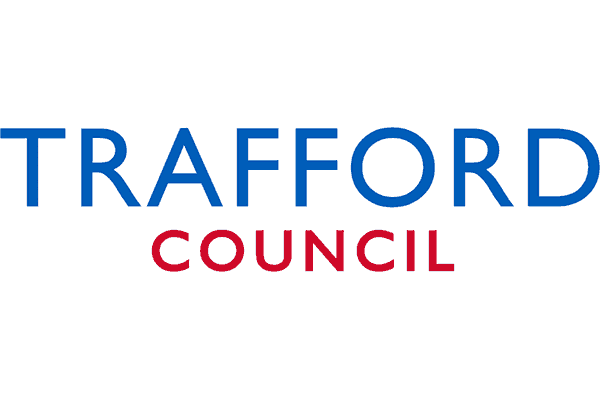Local Objectives
If you intend to invest in cooperative development in your area it is important to get beyond a broad aim to “grow the coop economy” or to “have more coops” and instead be able to articulate in what places and/or sectors you want to see coops develop and what issues you want to see them address. Gaining this clarity will help you to identify who the key stakeholders are in your council, other local anchor organisations, your VCSE sector, other partner organisations and your communities.
The intention at this point is not to create a detailed action plan – that’s for later – the goal at this point is to pull together the relevant information. This will form the basis of the discussions you will need to have with stakeholders in that process.
Identifying Priority Objectives
As a council you will have a number of key strategies for your place, some of which you have a statutory obligation to have in place. You may also have partnership strategies that identify the priorities and actions that have been agreed. This is likely the best place to start.
As cooperatives are economic entities that trade for the benefit of their members a lot of the considerations will be economic but their benefits are likely to span the objectives of other strategies.
Strategic documents you may want to consider include:
- Any high-level local partnership strategy
- Economic Strategy or Community Wealth Building Strategy
- Joint Strategic Needs Assessment
- Health & Wellbeing Plan
- Environmental Strategy
- Housing Strategy
- Transport Strategy
- Community Safety Strategy
- Council Plan
Useful resources:
Identifying Priority Sectors
There are numerous ways to identify key sectors. No one way is the correct approach and it is likely you will need to consider some or all of these to build up a picture of the right areas in which to act.
- What is the structure of your economy? You can look at this through GVA (gross value added) and GDP (gross domestic product), or through employment. If your largest sectors are those dominated by the public sector you may wish to look at a procurement-led approach. If manufacturing is your largest sector a focus on worker coops may be more appropriate, etc.
- How many businesses do you have and are they SMEs (small and medium enterprises) or do you have quite a lot of larger businesses? You can find this in your Nomis local authority area profile.
- What cooperative business models most closely align with the priorities identified in your strategic documents?
This diagram shows some of the cooperative business models that may be of interest across different sectors or themes.

Cooperative Business Models
Useful resources:
Market Failures and Crises
The first cooperative formed by the Rochdale Pioneers was established in response to a market failure. This was specifically the inability of local workers to be able to afford quality food. Many cooperatives are still set up in response to market failure. What market failures are present in your area? Some may include lack of access to quality food, unaffordable childcare, poor quality employment opportunities, these are just some examples.
Similarly to market failures, crises can often be the catalyst behind creation of a cooperative – particularly a community business. The likely closure or a valued community asset such as a pub, village shop or post office or the likely sale of a community space to a developer could all spur action.
Another potential crisis is the planned closure of a local employer. While forming a cooperative isn’t going to turn around a flawed business model, this could present the opportunity for a worker buyout using either an employee ownership trust or worker coop model. In Italy the Marcora Law gives workers the right to buy a failing company. This legislative provision is supported by capital funding and is demonstrated to present a low cost to the state than workers being made unemployed.
While there may not be obvious crises currently, keep an eye out for such opportunities.









